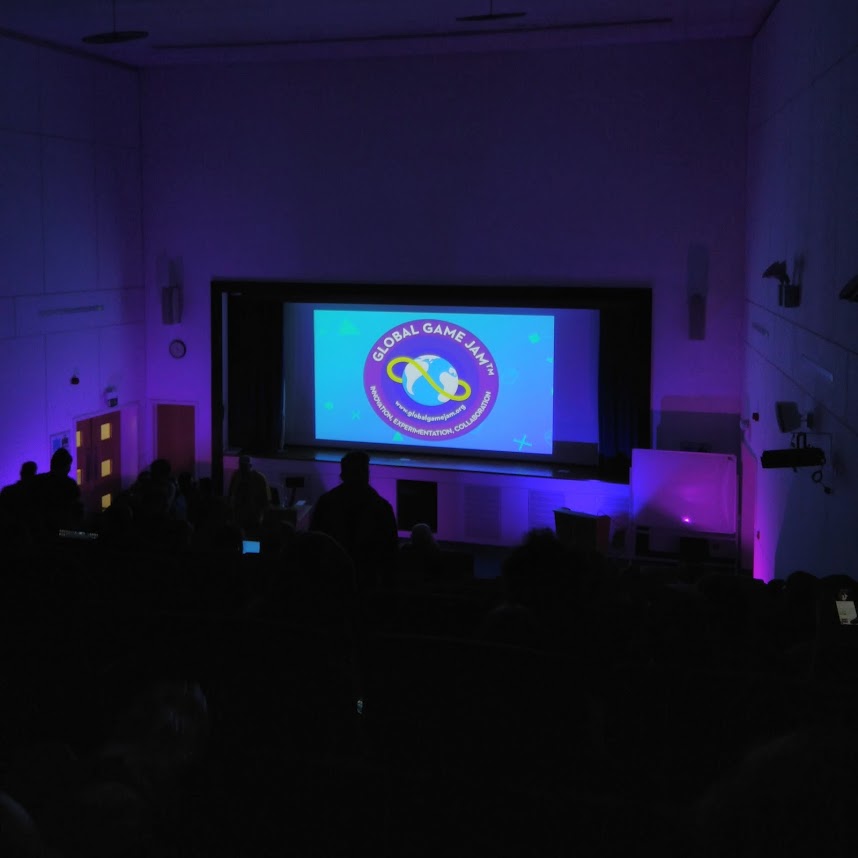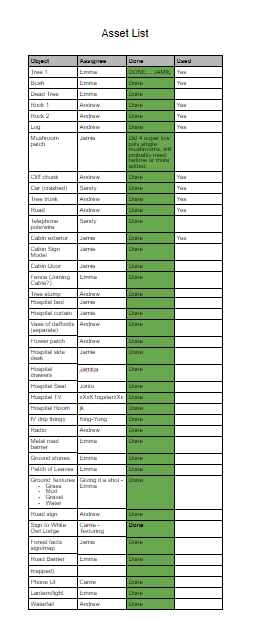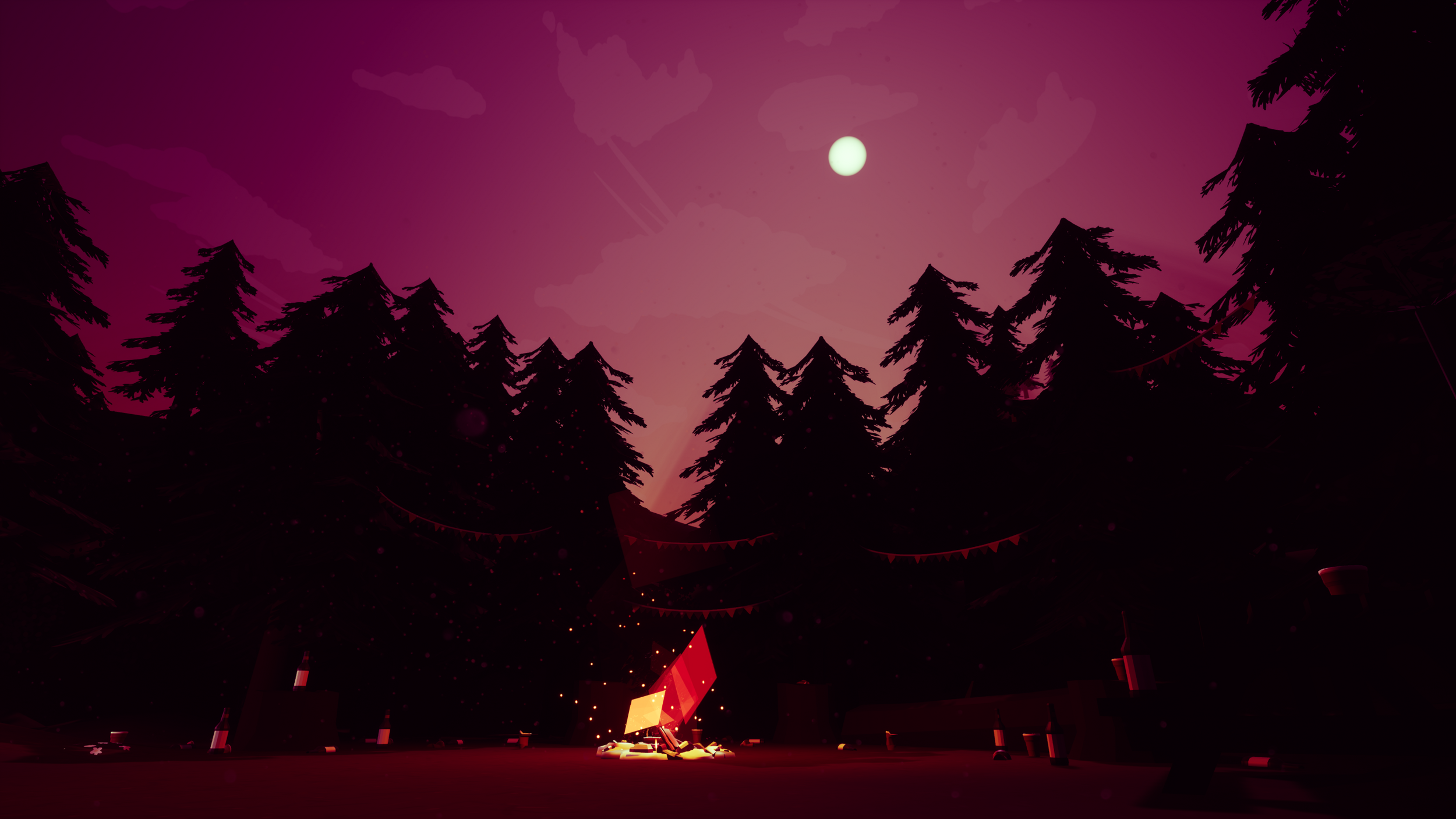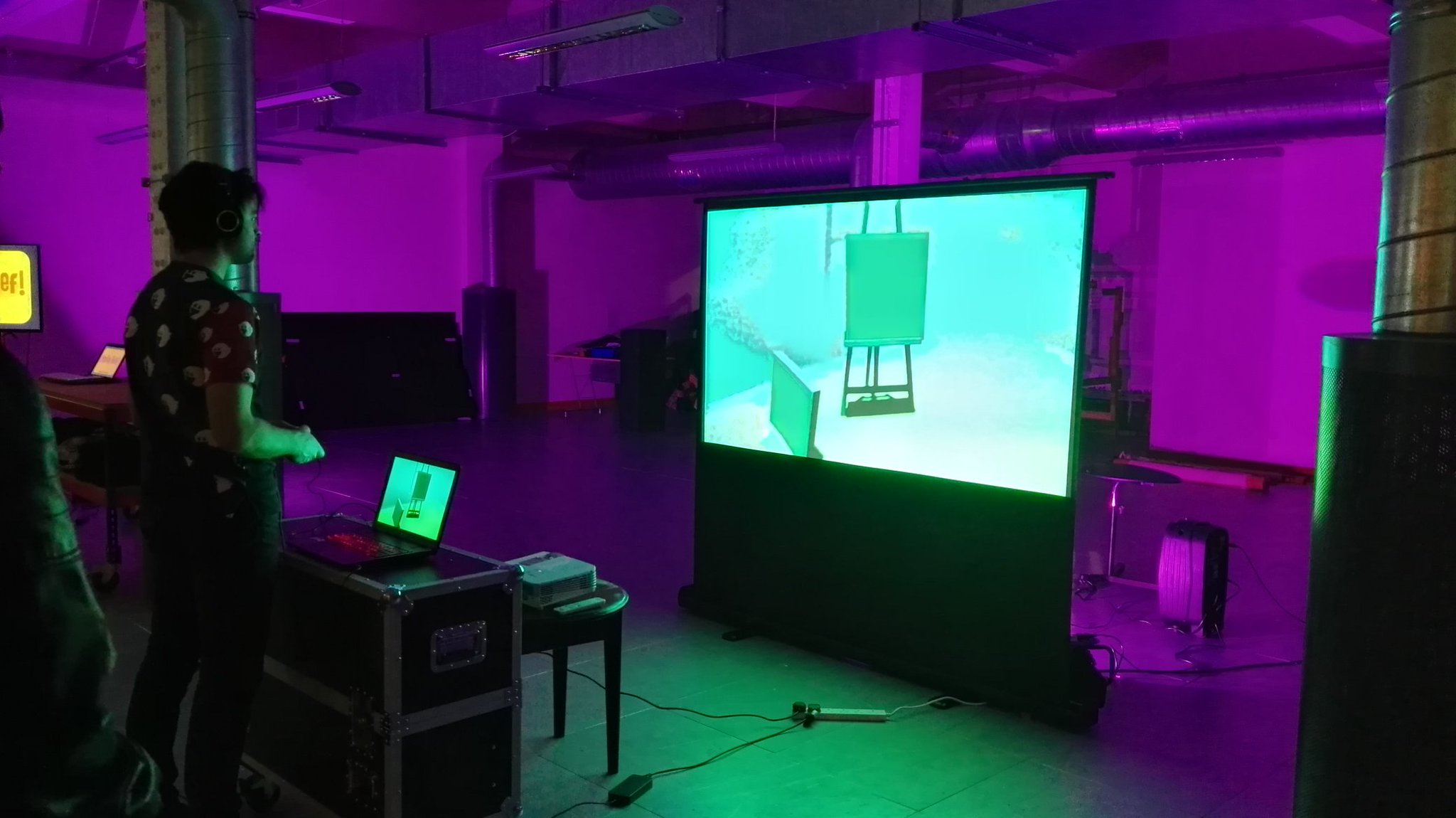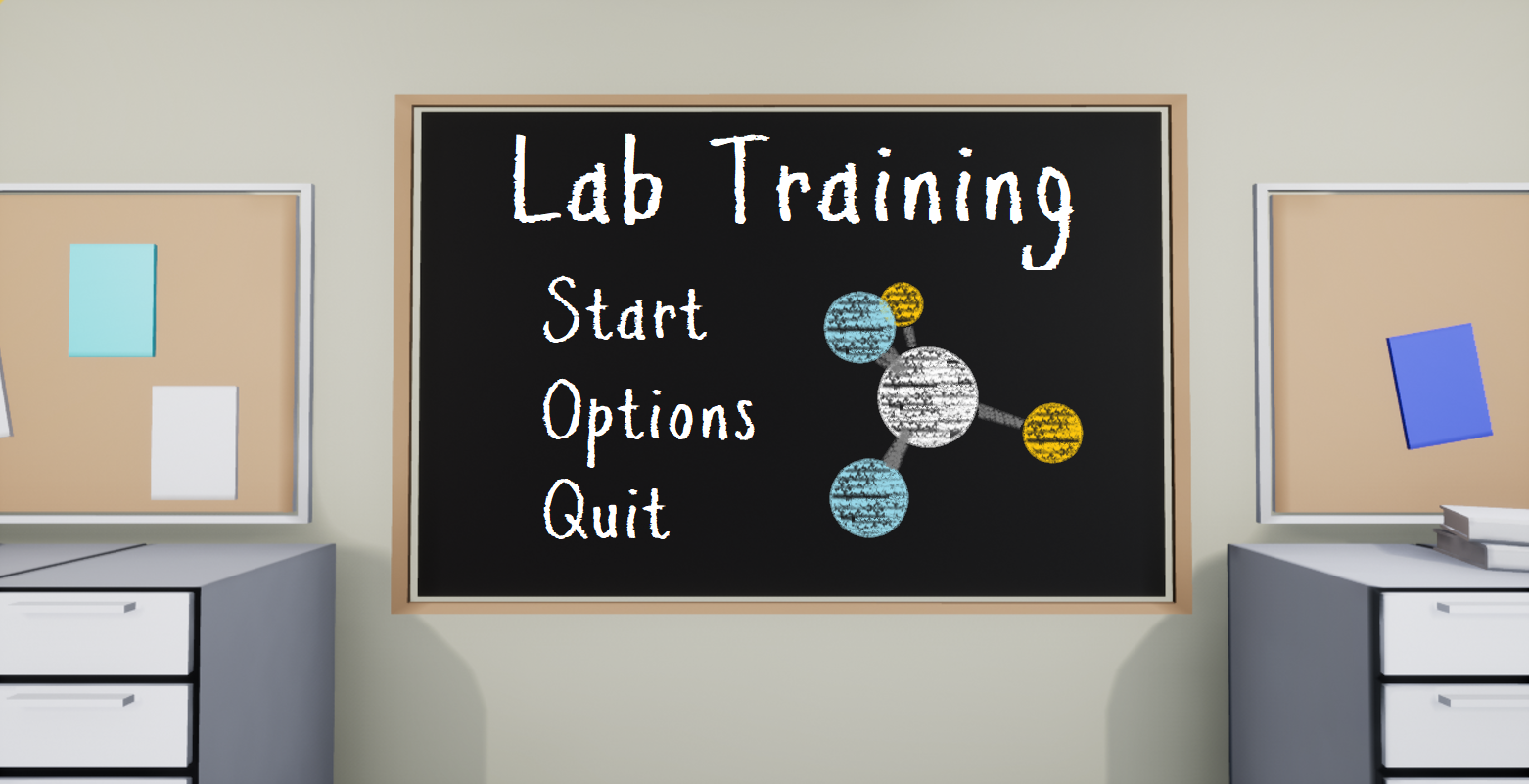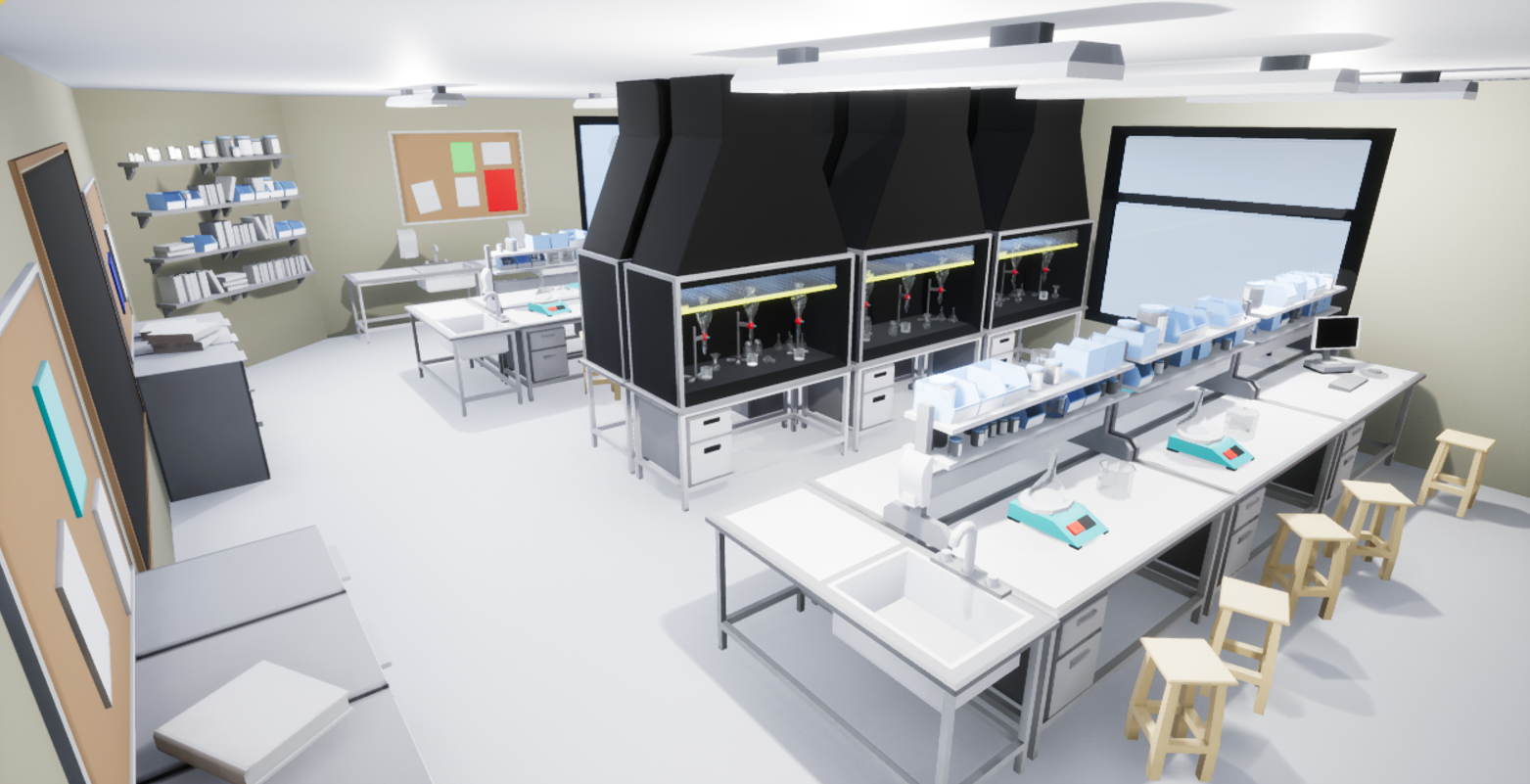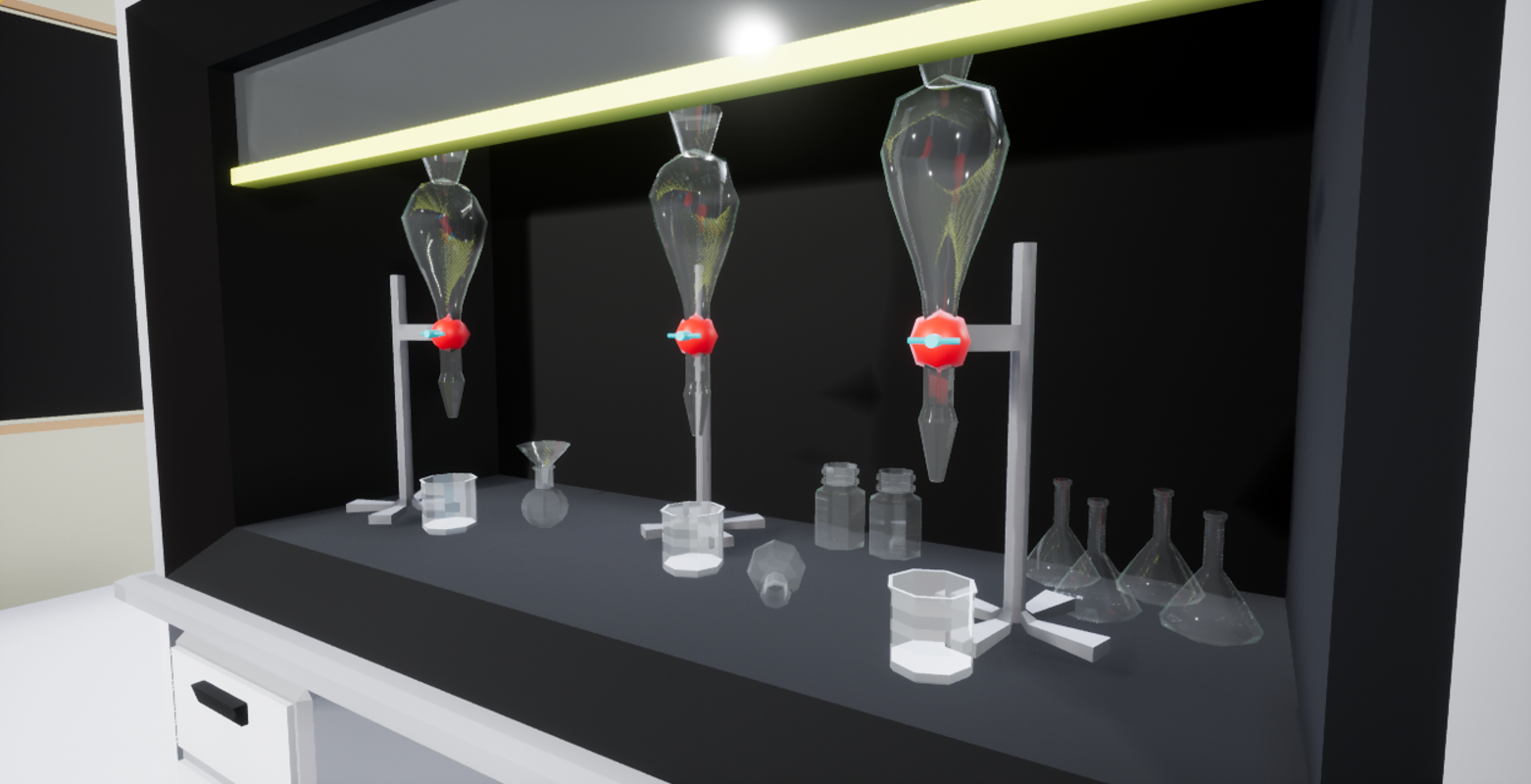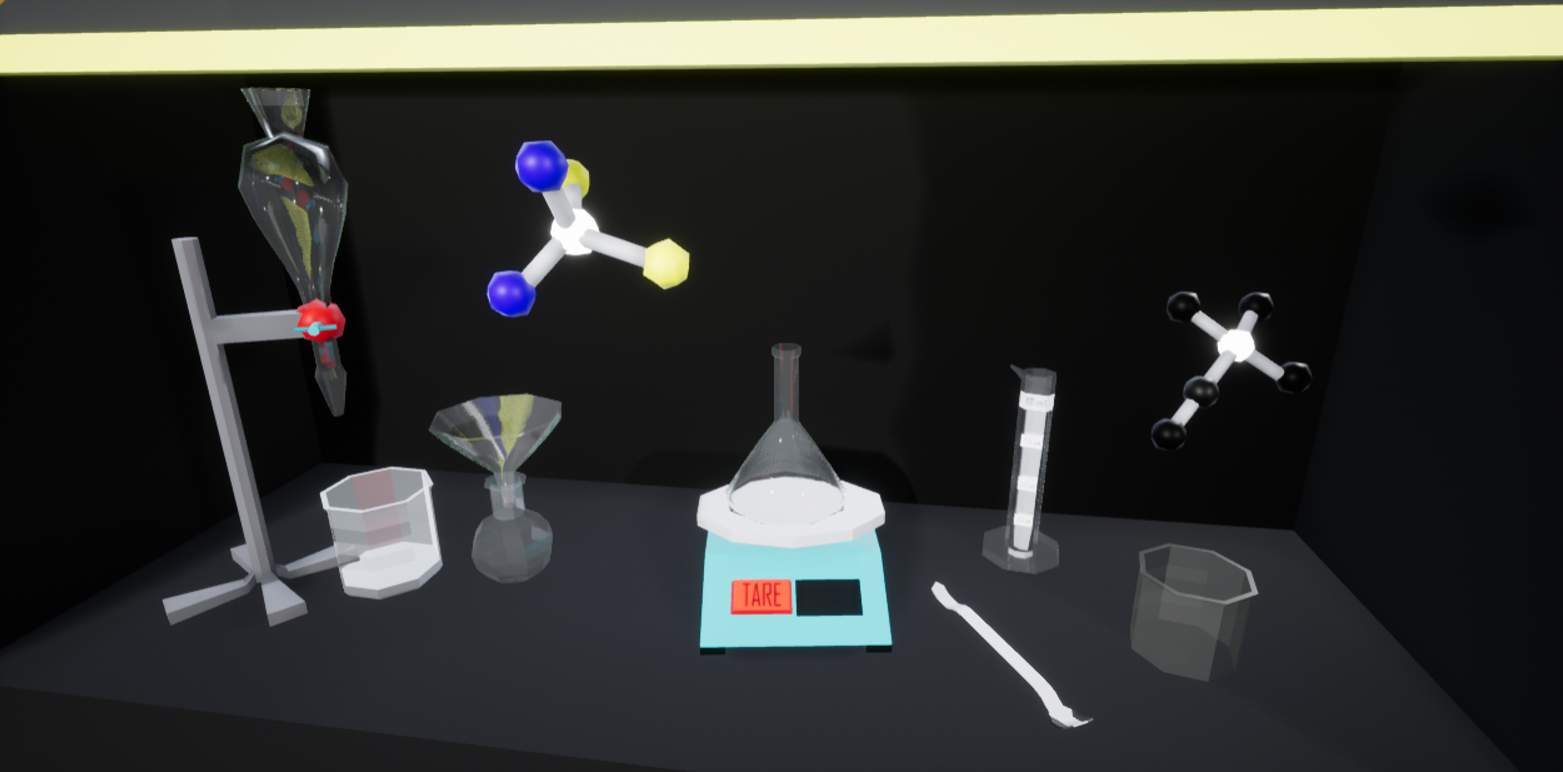This two-week block also contained teaching the Quality Assurance & User Experience tutorials. The students were introduced to a new product and have been taught how to search for open bugs, log new bugs, regress old bugs and write a basic test case. The intention is to provide all 4 groups of student equal opportunities to log bugs for their portfolios. Teaching is going well and I have given feedback to a few students about their portfolios and homework so far.
Global Game Jam 2018
Event Date: 26/01/2018 - 28/01/2018
My friends Andrew Lindsay, Emma Houghton, Jamie King, my partner Carrie France and I attended this year's Global Game Jam 2018 (GGJ). The theme was "Transmissions". Our natural development process began with idea generation using post-it notes and a large, blank wall. By giving ourselves a short, limited time-frame to generate ideas, a large variety of concepts are generated. The next step in this process is to collate post-its with similar themes and vibes. By doing this we expand upon the original points and begin shaping multiple product concepts. In this situation we had around 4 distinct game products on the wall. From here we evaluate each product based on how achievable they will be to create within the time frame, how enthusiastic we are to create said product, and what market appeal the product may have.
After the evaluation of the idea has taken place the entire team fill a folder with reference images for visual style, gameplay and similar inspiring products. After deciding on a visual style we create a list of the mechanics, assets and text required to create a minimum viable product (MVP). Discerning what is required for an MVP is essential during game jams as the intention is to have a playable product by the end of the 48 hours. Polishing and expanding the product can be done outwith the allocated GGJ time. Due to having worked with the team before and having a knowledge of our capabilities, strengths and workflows allowed for us to create a larger scale environment and higher number of objects.
The asset lists above display both the filler objects needed for the game world to appear 'alive' (not displaying the entire list) alongside the "Memory Objects" which were key assets required to tell the game's story. After detailing the work required and assigning it to the correct team member, we began work on creating our assets. This year Andrew was working in engine working on gameplay and lighting. Emma worked in 3D and level design. Jamie worked in 3D. Carrie created the 2D memories and textures. I worked in 3D, audio, collision and writing the game script. Due to the nature of our previous development experience (Game Designer and Artists) we used Google Drive to store assets and backup builds to. Although this is not ideal, Google Drive allows you to roll back files to previous versions due to the built in version control, thus using it is better than nothing! It is essential however to establish a file structure before development that is easily readable and usable by the team; searching for an asset left in the wrong folder can waste precious time!
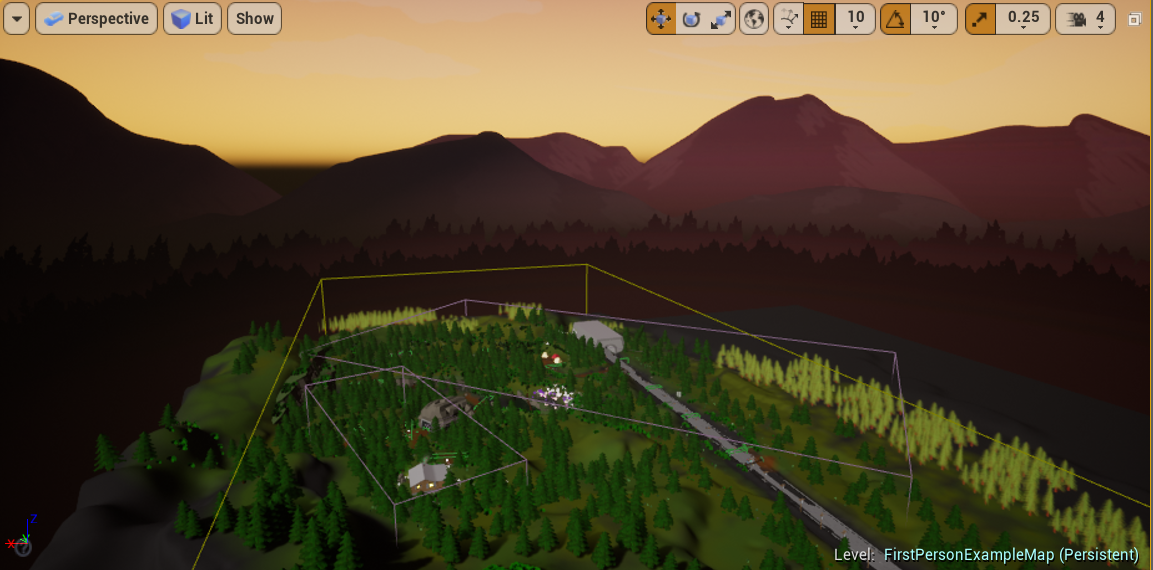
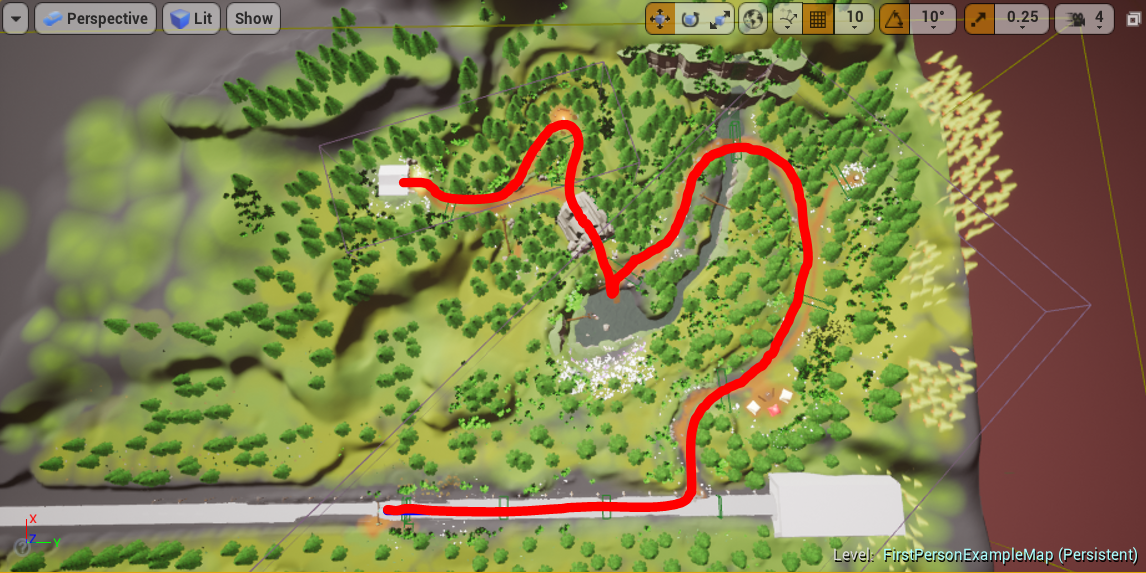
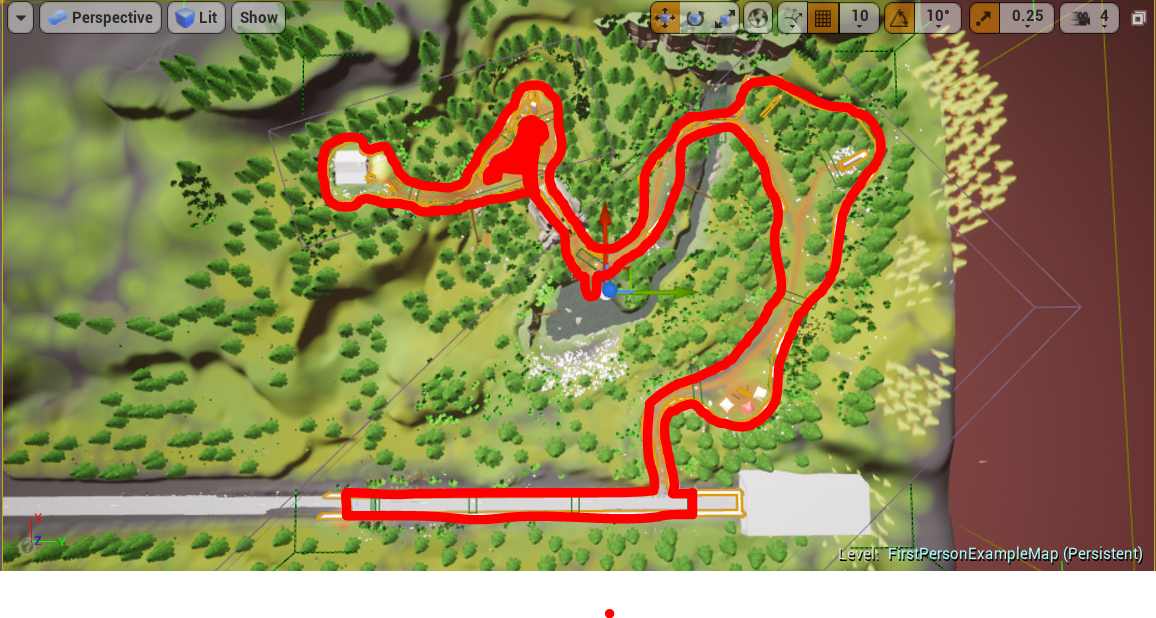
Our previous titles from GGJ revolved around the player navigating a confined room environment, this year we decided to deviate from the norm and create a linear narrative experience in what appears to be a vast open environment. The first image of the gallery above depicts the environmental scale whereas the second image shows the linear path the player must progress through to complete the story. The player is guided by a manually created collision track that allows a certain degree of exploration whilst naturally guiding the player through the linear experience (Image 3).
Lighting, post-processing and scene dressing went through multiple iterations for each location within the game to help capture the tone of the narrative. The story itself was also evaluated, re-written and re-evaluated as much as time would allow for. The use of the mobile phone to receive story through text messages provides the player with some basic backstory and personal notes of the character, but allow the user to fill in the gaps and attempt to piece together the narrative by themselves. We wanted the game to tell a specific story, but at the same time allow each user's experience to be unique.
The intention is to justify the academic relevance of No Response in regards to my PhD. The game will undergo multiple stages of evaluation. Currently it is being evaluated during my Quality Assurance & User Experience tutorials by a group of 80 students to provide bug reports and first-pass feedback on the game. This will then be followed up with a few smaller focus groups to discuss the design, visuals, narrative and whether or not the key message was understood. The third method of evaluation will be feedback gained from taking the game to a play-party setting on the 20th February 2018 hosted by IGDA. These evaluative techniques will then feed into the writing of a short paper on the creation of a Serious Game within a game jam setting. All documentation and evaluation on No Response is an ongoing effort.
More images of the product can be found in the No Response page of my portfolio.
Florian Veltman Talk
Event Date: 25/01/2018
Abertay hosted a platform talk from Florian Veltman. It was extremely interesting to listen to the approach Veltman takes to game design, especially considering he came from an illustrative background. Veltman's portfolio consisted of games developed as either freelance work or produced in a game jam setting - not unlike my own works. What intrigued me was how Veltman had a preference to linear, tailored narrative experiences and stated that dialogue options can water down the player experience. This helped influence the set narrative of No Response as last year we developed Causeway - a game all about narrative choice. Drawing parallels between narrative structure of games and film is a typical conclusion for designers but Veltman likened game story more to that of a book - the player is in control of the pacing. They can experience the story whenever they wish, at whatever pace suits them. The final point stressed was that A-B testing of features is crucial in the decision making process for designers.
